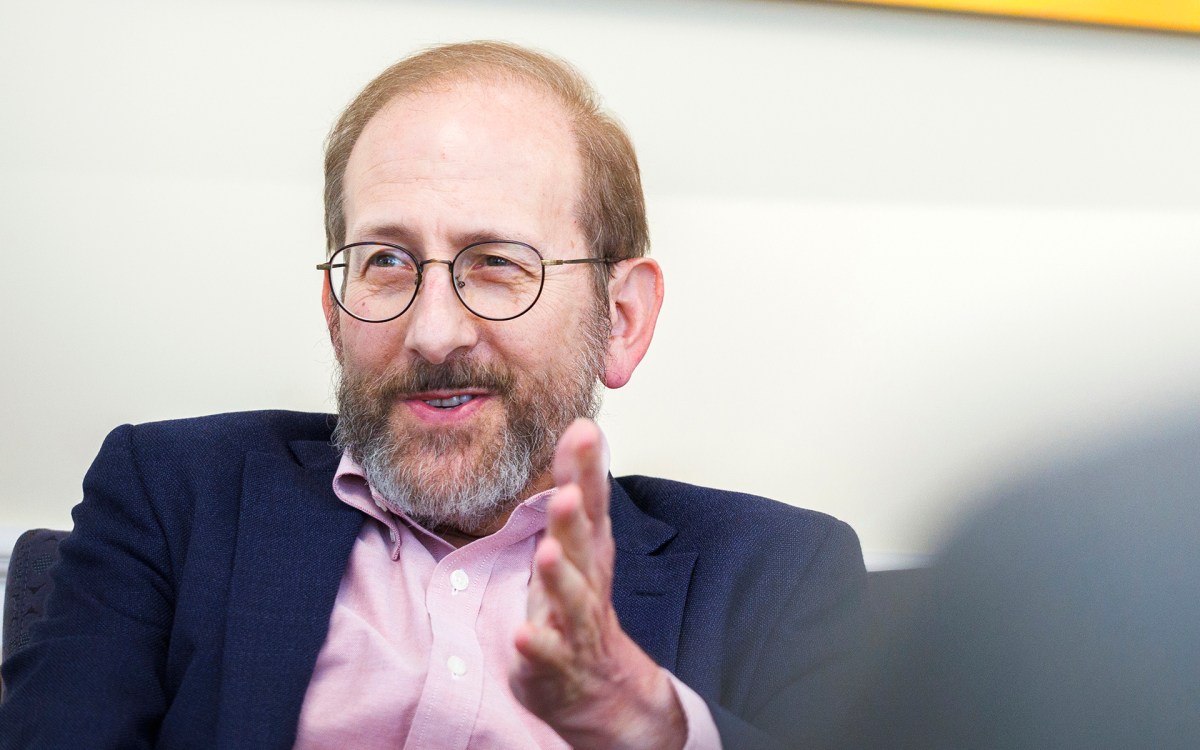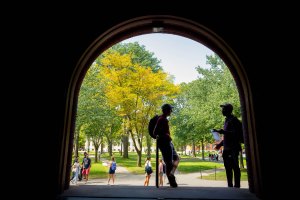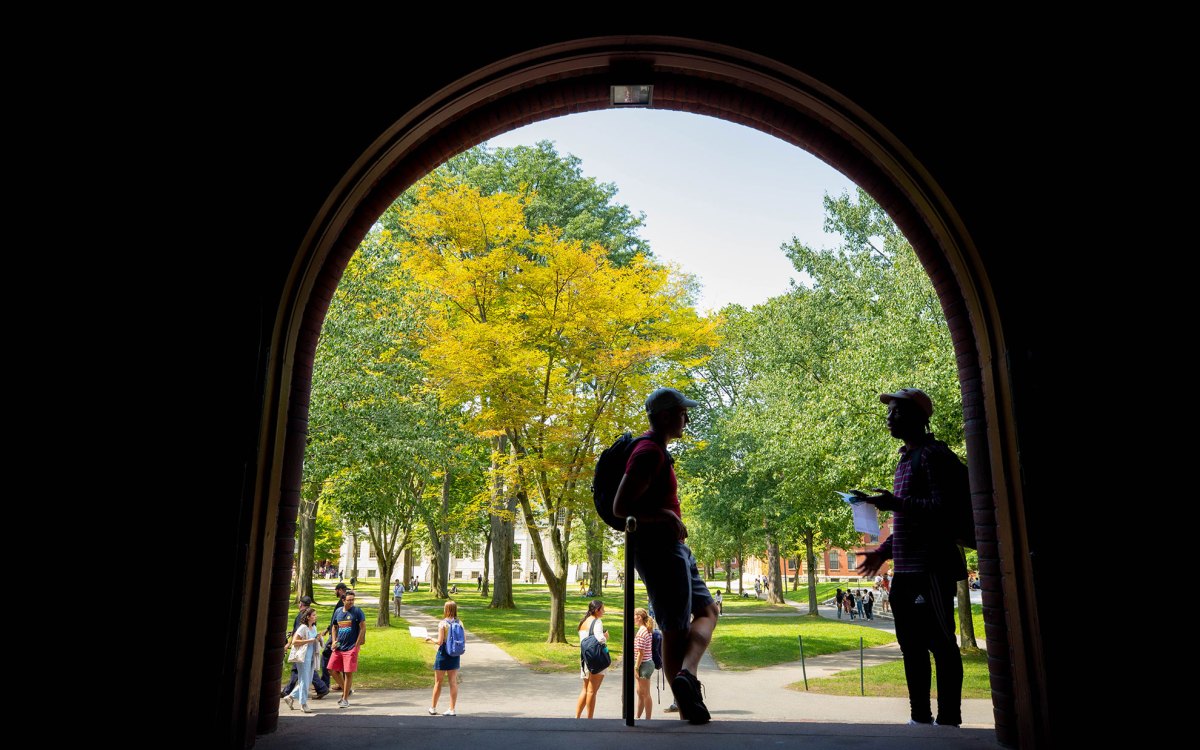Harvard reports operating deficit amid federal funding cuts

Harvard University.
Stephanie Mitchell/Harvard Staff Photographer
University continues to advance teaching and research in face of significant financial challenges
With the release of Harvard University’s fiscal year 2025 financial report, the Gazette sat down with Executive Vice President Meredith Weenick and Vice President for Finance and Chief Financial Officer Ritu Kalra to discuss the University’s financial position amid evolving federal policy — from the termination and reinstatement of research funding to a forthcoming increase to the endowment tax.
This interview has been edited for clarity and length.
Fiscal year 2025 was marked by extraordinary disruption to Harvard’s research enterprise, including the termination of federally sponsored research grants. How did these developments affect the University’s financial position?
Kalra: The past year brought unprecedented challenges to Harvard and the higher education sector as a whole. The disruptions were particularly acute for our research community, but I don’t want to dismiss the breadth of the challenges across the University, including heightened concerns for our international students and scholars.
The termination of hundreds of research grants to Harvard did not occur in a vacuum. Heading into FY25, we were already contending with costs rising faster than our revenues, which, as we discussed last year, is not a sustainable path forward. The federal policy landscape began to change in early February, with proposals to cut contracted indirect cost reimbursement rates on active research and with terminations of dozens of individual awards affecting projects underway across our Schools. That was followed by the abrupt termination of nearly the entire portfolio of our direct federally sponsored research grants in the spring. About $116 million in sponsored funds — which are reimbursements for costs the University has already incurred — disappeared almost overnight.
It’s important to note that the terminations occurred on multi-year awards. The total value of the affected awards spans several years of work, not a single-year loss. The $116 million represents about two months of disrupted reimbursements in fiscal year 2025. Those disruptions continued in the ensuing months — the portfolio consists of over 900 direct awards to our faculty, at a cost of over $600 million a year. It has only been in the past few weeks, following Judge Allison Burrough’s summary judgment in U.S. District Court, that payments on those grants have been restored.
We closed the year with a $113 million operating deficit on a $6.7 billion revenue base. This is our first deficit since the pandemic.
Weenick: The result could have been far worse. Leadership across the University had already begun a process to identify strategic, structural, and sustainable reductions to our budgets, recognizing that changes to federal policy, including proposed caps on research-related funding and the impending increase to the endowment tax, would have significant consequences. While the outcome of individual policies was uncertain — and in some cases, still is — it was evident that, collectively, these measures would have a substantial financial impact. Accordingly, we instituted a hiring freeze across the University, paused salary increases for exempt staff, and delayed nonessential capital projects. We don’t take these measures lightly, and we are grateful to our community for their collective efforts.
We also benefited from the extraordinary generosity of our donors in support of the University. Their contributions were meaningful — over $100 million more than last year in current use giving, the highest in the University’s history. We are so grateful for their support.
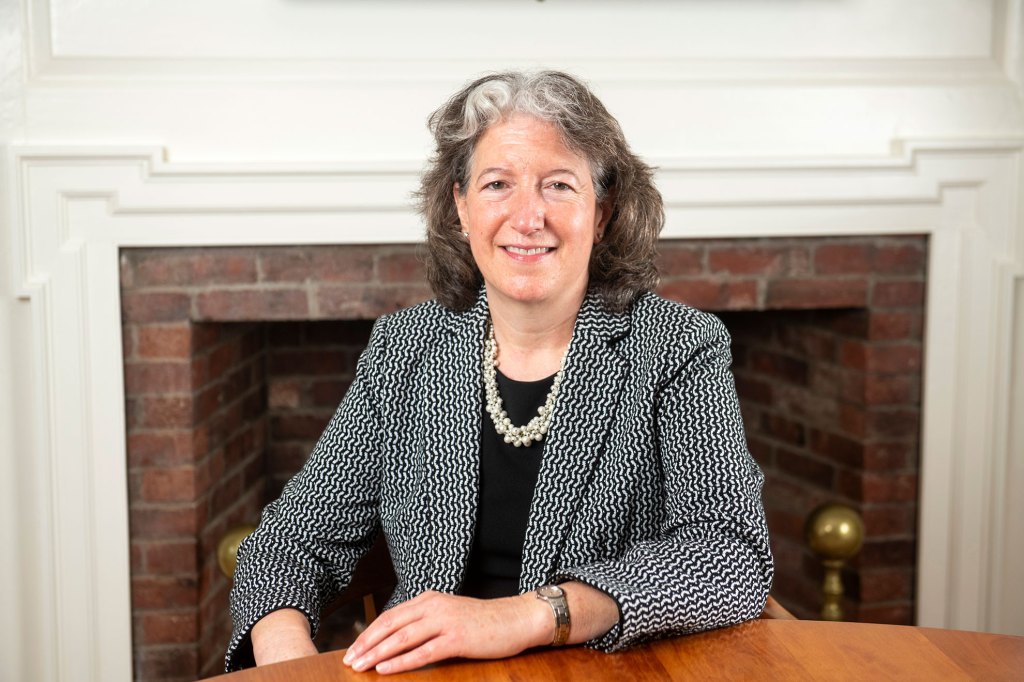
Meredith Weenick.
Harvard file photo
Research is part of Harvard’s core mission. How has the University supported researchers through this period of uncertainty?
Weenick: The loss of federal funding was not only a financial challenge — it was a disruption to progress on critical, often lifesaving, research. Labs had to suspend experiments, research teams faced layoffs, and clinical trials were jeopardized.
Our response was immediate and multifaceted. We prioritized sustaining research continuity, both financially and operationally. The University created a $250 million research continuity fund, supplemented by additional resources from Schools, which ensured that critical projects could continue at the research-intensive Schools most impacted, including Harvard Medical School, the T.H. Chan School of Public Health, the Faculty of Arts and Sciences, and the John A. Paulson School of Engineering and Applied Sciences.
As Ritu mentioned, we’ve seen more than 900 awards reinstated and the payments for the majority of expenditures resume, following the federal court ruling that found those grant terminations to be unlawful. While this is welcome news, we must acknowledge that the relationship between research universities and the federal government is changing in fundamental ways. Looking ahead, we must be prepared for a future in which this long-standing partnership is less stable. Successfully navigating this period will depend on planning ahead, working together, and staying flexible.
With federal research grants now reinstated, how is Harvard managing the transition to resume research activity across the University?
Weenick: The court’s ruling was a critical step toward restoring a measure of stability for our research community. With funding now reinstated, researchers can once again focus on advancing the aims of their projects and rebuilding the momentum that was lost during the freeze.
At the same time, we’re being thoughtful about how we move forward. We’ve encouraged investigators to resume activity necessary to fulfill our commitments under the grants, but we’re also advising prudence, particularly in making new long-term or multi-year commitments. Our goal is to sustain the pace of discovery while planning responsibly amid uncertainty.
Kalra: From a financial standpoint, this transition is about sustaining our research commitments while staying disciplined. The reinstatement of grants has provided welcome relief, but we’re still managing the ripple effects of months of disruption and preparing for future volatility in both the funding of current projects and the outlook for new awards.
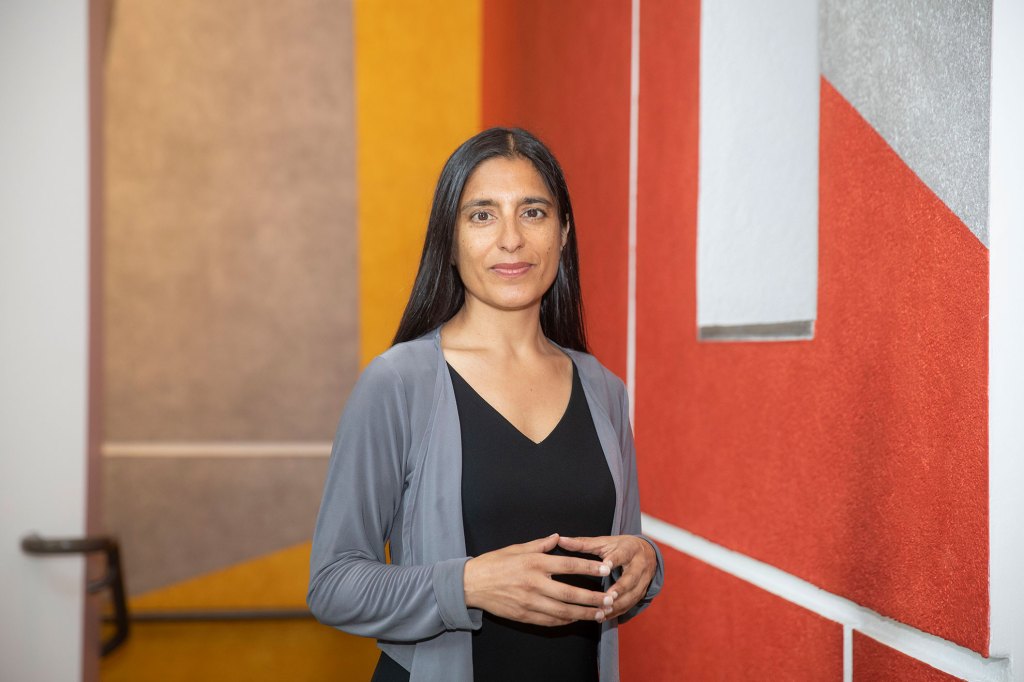
Ritu Kalra.
Harvard file photo
The endowment returned 11.9 percent in fiscal year 2025, bringing its value to $56.9 billion. How does this performance factor into Harvard’s financial health and capacity to address these challenges?
Kalra: We are deeply grateful to Narv Narvekar and his colleagues at Harvard Management Company for their stewardship of the endowment. Their disciplined, long-term approach is critical to ensuring that the endowment continues to provide stability and continuity, even through periods of great uncertainty. Distributions from the endowment provided $2.5 billion in support — nearly 40 percent of Harvard’s total operating revenue.
These funds are vital to Harvard’s financial health. And they are funds, plural; not singular. The endowment is made up of nearly 15,000 individual funds, the vast majority of which are given for a specific purpose. Endowed gifts made for museum collections cannot be repurposed to support research discoveries in neurobiology or astrophysics. They are not fungible or available to support purposes other than the donor’s intentions.
That’s also why the endowment is not an infinite source we can draw on to close structural budget gaps. It’s designed to provide steady, sustainable support across generations. A temporary increase in the draw from the endowment can provide momentary relief, but we are facing structural changes to the financial model that underpins higher education. We can use the endowment to support us in this transition, but we cannot use the endowment as a shield against reality.
Harvard is also facing an increase in the federal endowment tax, enacted by Congress earlier this year. How is the University preparing to manage the impact of that tax increase?
Kalra: We refer to the tax in shorthand as the endowment tax, but in reality, it is an excise tax on the income from our investments. The first year that Harvard will make tax payments at the new rate is fiscal year 2027, but we will have to recognize the obligation on our balance sheets this year — fiscal year 2026 — and we are working diligently, in partnership with our colleagues at HMC, to manage its financial impact.
While we are awaiting additional guidance from the U.S. Treasury Department, under the new law we expect Harvard’s tax obligation could be in the range of $300 million each year. That means hundreds of millions of dollars that will not be available to support financial aid, research, and teaching. To put that in a bit clearer context, in fiscal year 2025 Harvard spent over $750 million in financial aid and scholarships for students across the University. Every two to three years, we could be paying the equivalent of our entire financial aid budget in taxes.
That’s a significant impact and change to our financial planning, and it highlights why maintaining discipline today is so important. How we manage the endowment’s distribution in the near term will directly shape Harvard’s ability in the future to invest in its mission — and in the people and ideas that define it.
The University issued $1.2 billion in new debt this fiscal year. What drove that decision, and how does it position Harvard for the future?
Kalra: Issuing debt this year was a deliberate and strategic decision to bolster Harvard’s liquidity and maintain momentum on essential capital projects at a time of considerable uncertainty. Prudent use of debt is a normal part of how universities manage their finances — it allows us to invest responsibly in the facilities and infrastructure that support our academic mission over the long term.
The proceeds from the debt issuances help us continue to advance key priorities, including housing renewal projects and developments in Allston. Our AAA/Aaa ratings reflect external confidence in Harvard’s financial position and our commitment to navigate a complex and changing environment with discipline and foresight.
With increased financial pressures, how does Harvard balance near-term constraints with long-term commitments to its people and mission?
Weenick: Harvard’s strength has always been its people. Even as we tighten budgets, our focus remains on supporting faculty, students, and staff — ensuring that the work of discovery and education continues.
With payments on our grants largely restored — at least for now — we have begun to shift out of the research continuity framework we put in place in the spring and are allowing researchers to resume the full level of work necessary to advance the aims of their hard-won grants.
Kalra: The reinstatements of those grants do not erase the disruption the terminations sparked, nor do they negate the uncertainty ahead. That means we can’t simply return to “business as usual.” We need to focus our resources on academic excellence, operate more efficiently, and explore new revenue streams. The long-term trajectory of federal support for research, the increase to the endowment tax, and the broader economic climate require us to adapt structurally.
Harvard’s ability to endure and thrive has always depended on disciplined stewardship paired with bold investment in our mission. Our challenge now is to continue that tradition — to sustain academic excellence while being prudent stewards of the University’s resources.
What are the University’s financial priorities as we enter fiscal year 2026?
Kalra: The financial landscape remains extraordinarily challenging. The federal government has indicated it will appeal the court decision that reinstated our grants, and they’ve also indicated that they will consider other actions that could impact our ability to seek federal grant funding in the future. Other significant headwinds include proposed overall reductions in federal research funding and other policies that could upend the long-standing partnership between universities and the federal government as co-investors in the infrastructure that research relies on. The University has made extensive investments in the infrastructure that enables research — in wet labs and sophisticated equipment such as a cryo-electron microscope that allows for 3D imaging of wisps of proteins. Cuts to indirect cost recovery — coupled with an increase to the excise tax on endowment income — bear directly on our ability to invest in these essential tools of cutting-edge science. And we don’t yet know how the tariffs will unfold. Taken together, these factors could cost Harvard $1 billion annually.
Even against this backdrop, the University’s fiscal discipline, the resilience of our community, and the continued generosity of our donors should continue to position us well. Our focus will be on balancing prudence with purpose — managing expenses carefully, safeguarding liquidity, and sustaining investments that advance excellence in teaching and research. The circumstances are challenging, but our mission and our commitment to it remain unchanged.
Weenick: That’s right. These are challenging times, not just for Harvard but for universities throughout the nation. Every School across the University is feeling enormous pressure to adapt to a more constrained environment. We’ll need to work differently, rethink how we deliver services, and make difficult choices about what we can sustain. This is also an opportunity to reimagine how we work together to support Harvard’s mission. While periods like this are difficult, they help us focus on what’s essential and strengthen the institution for the long term.
